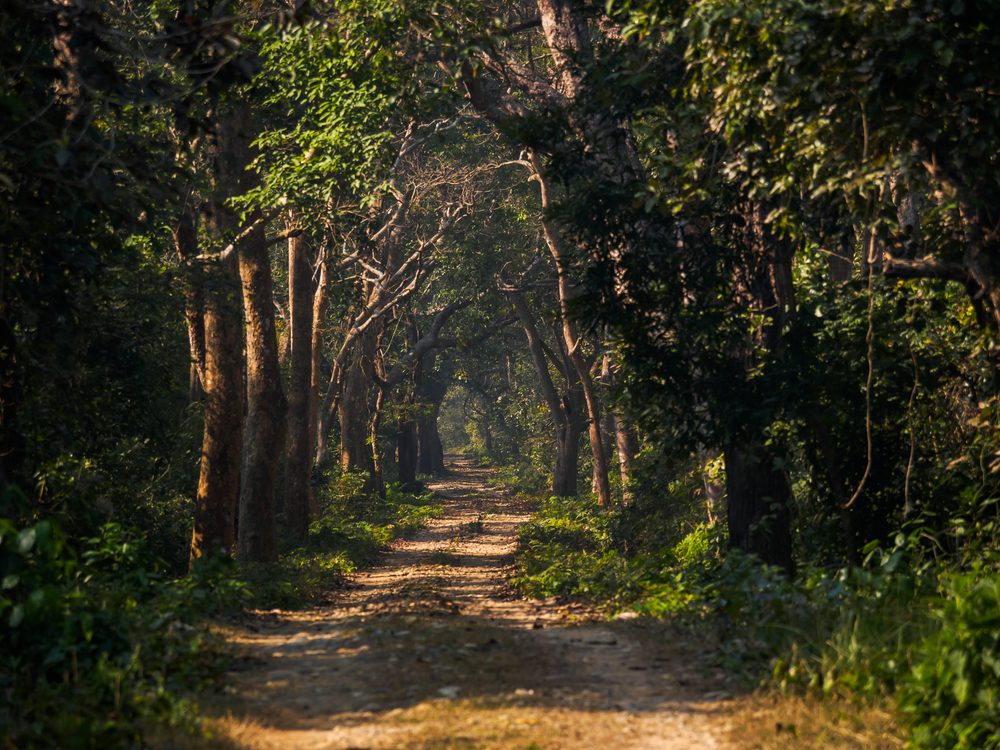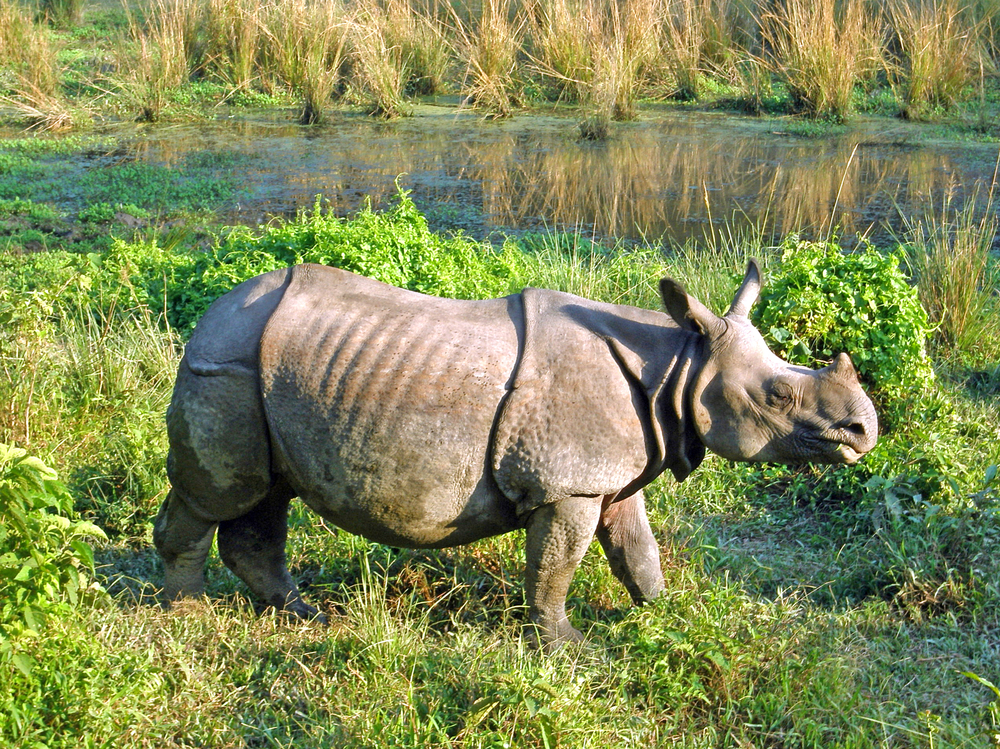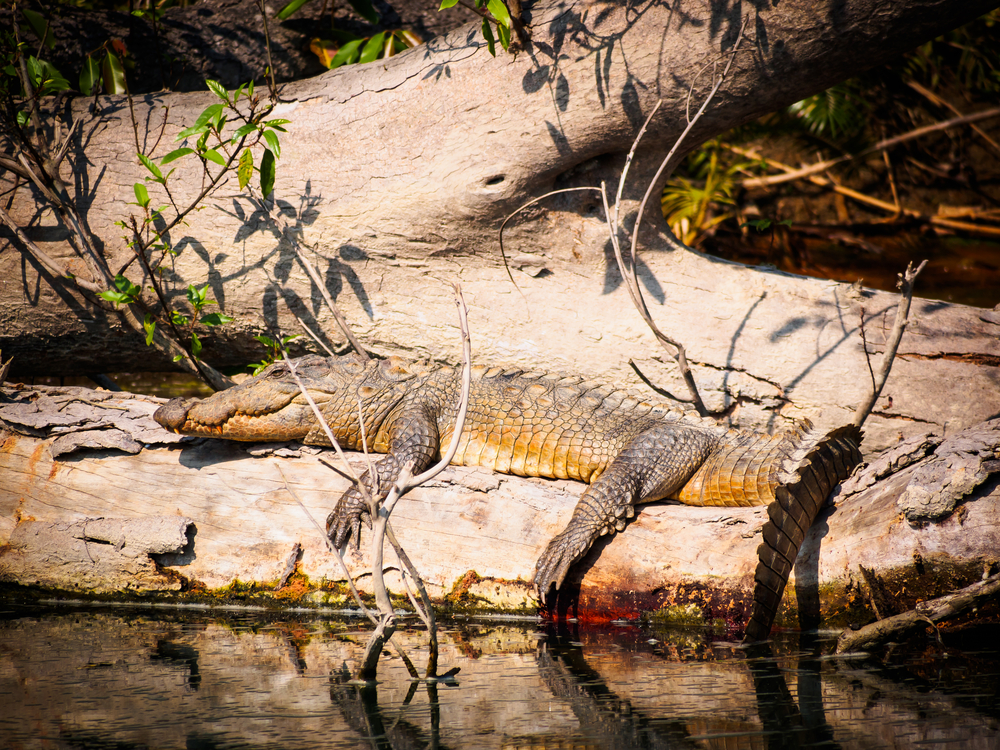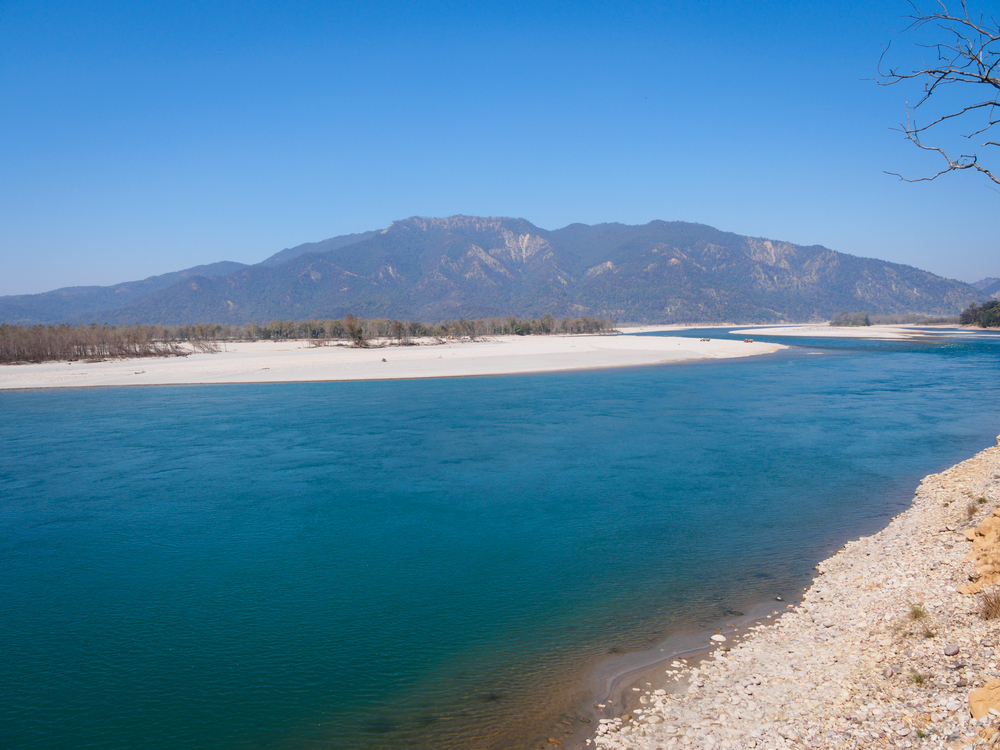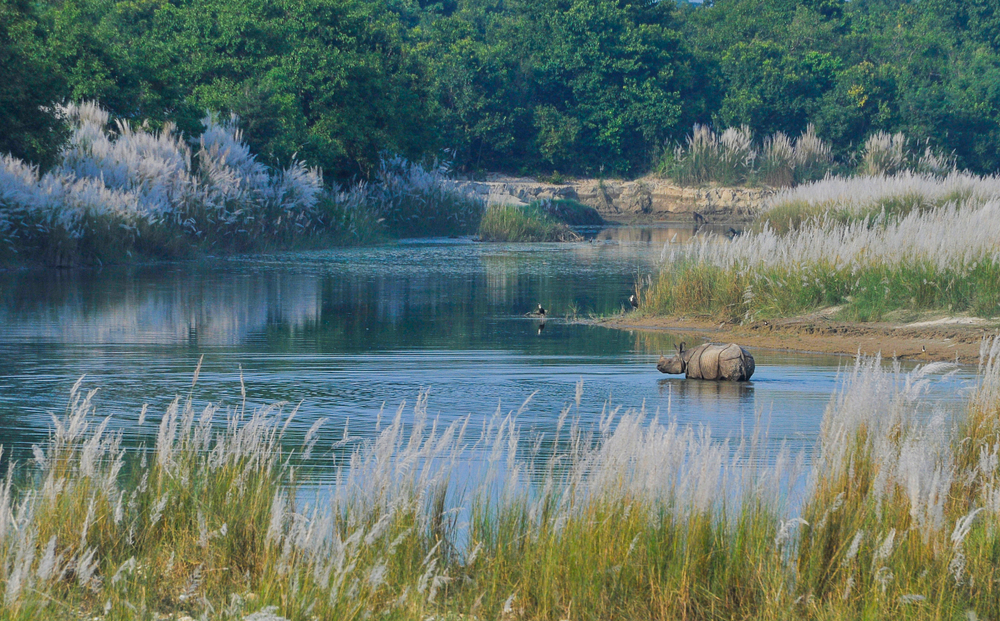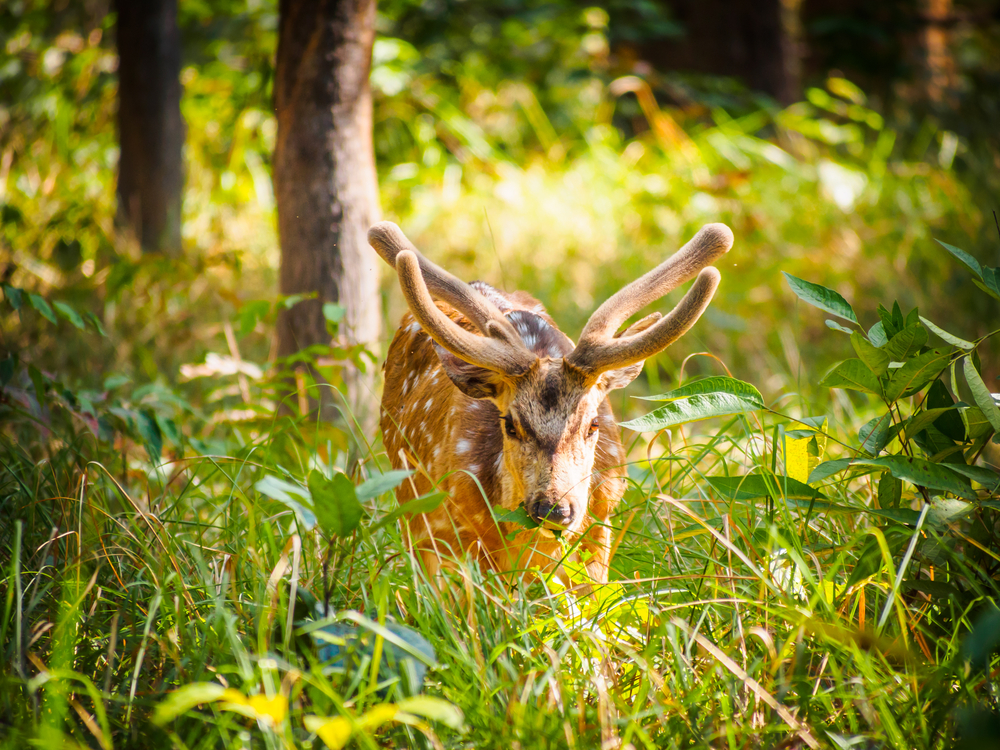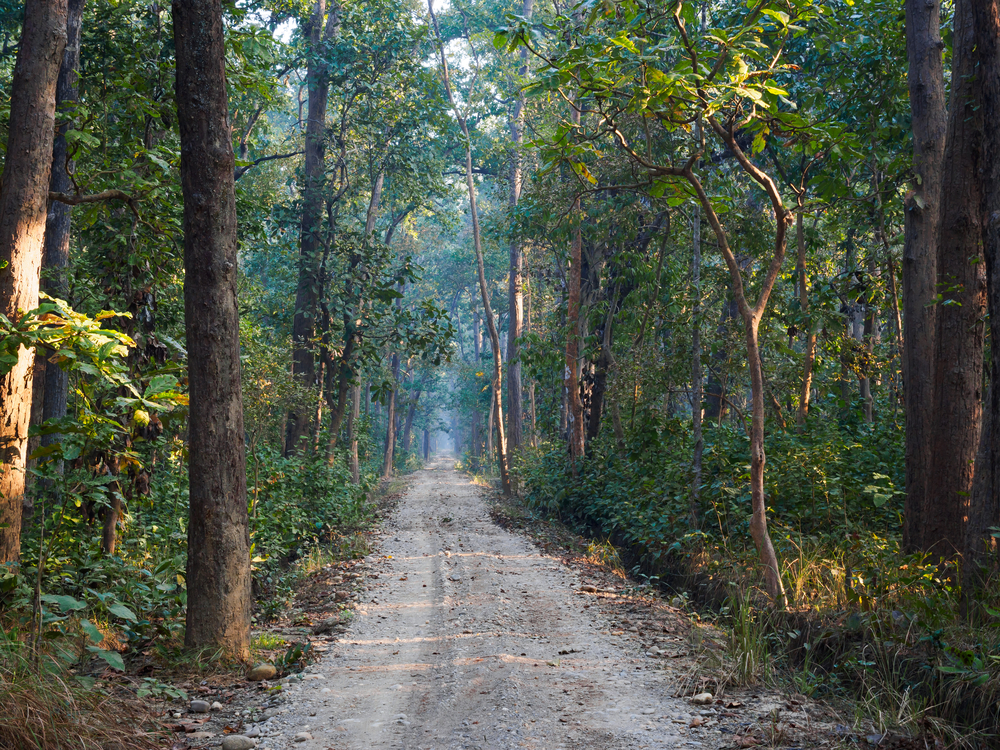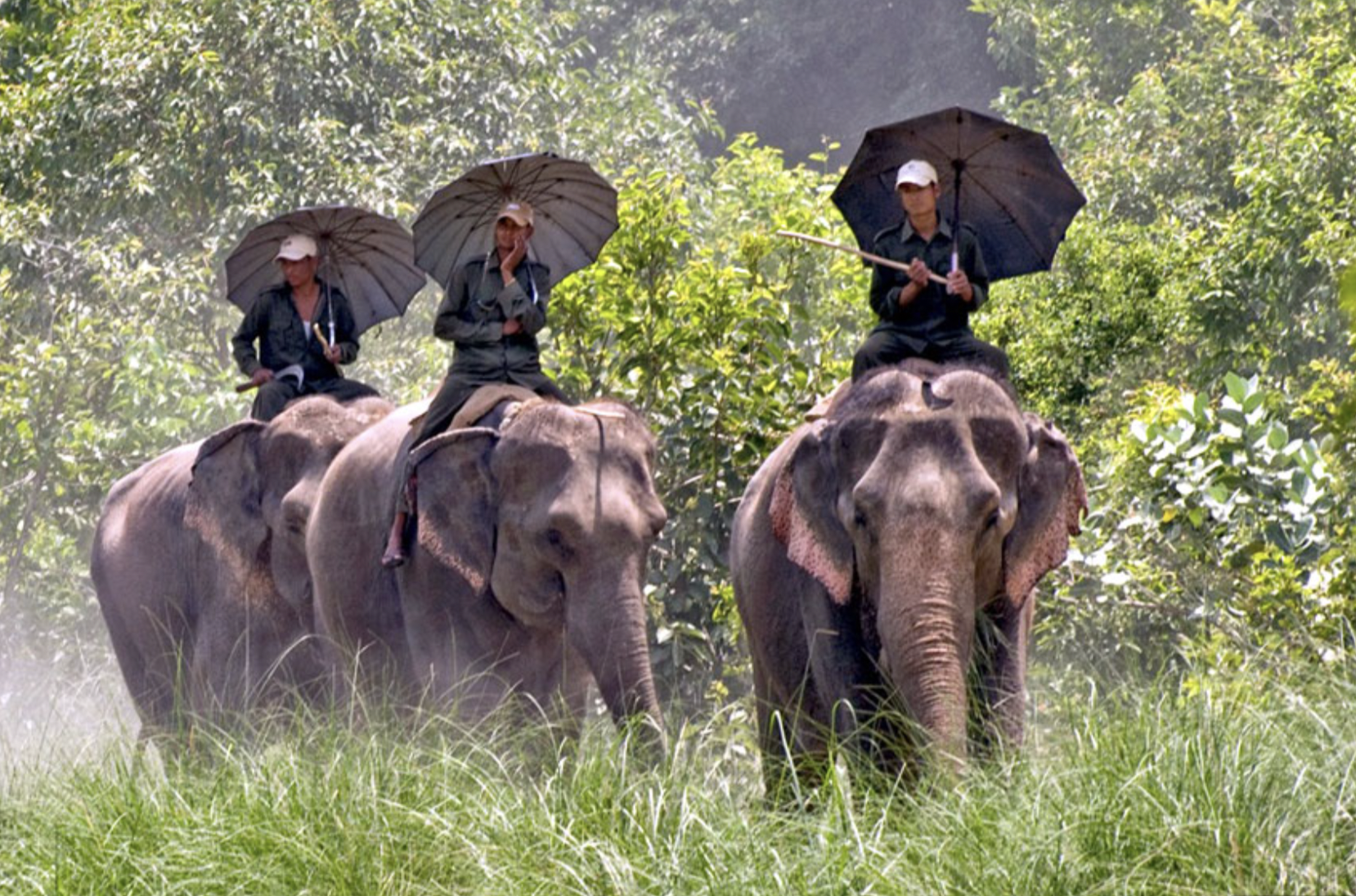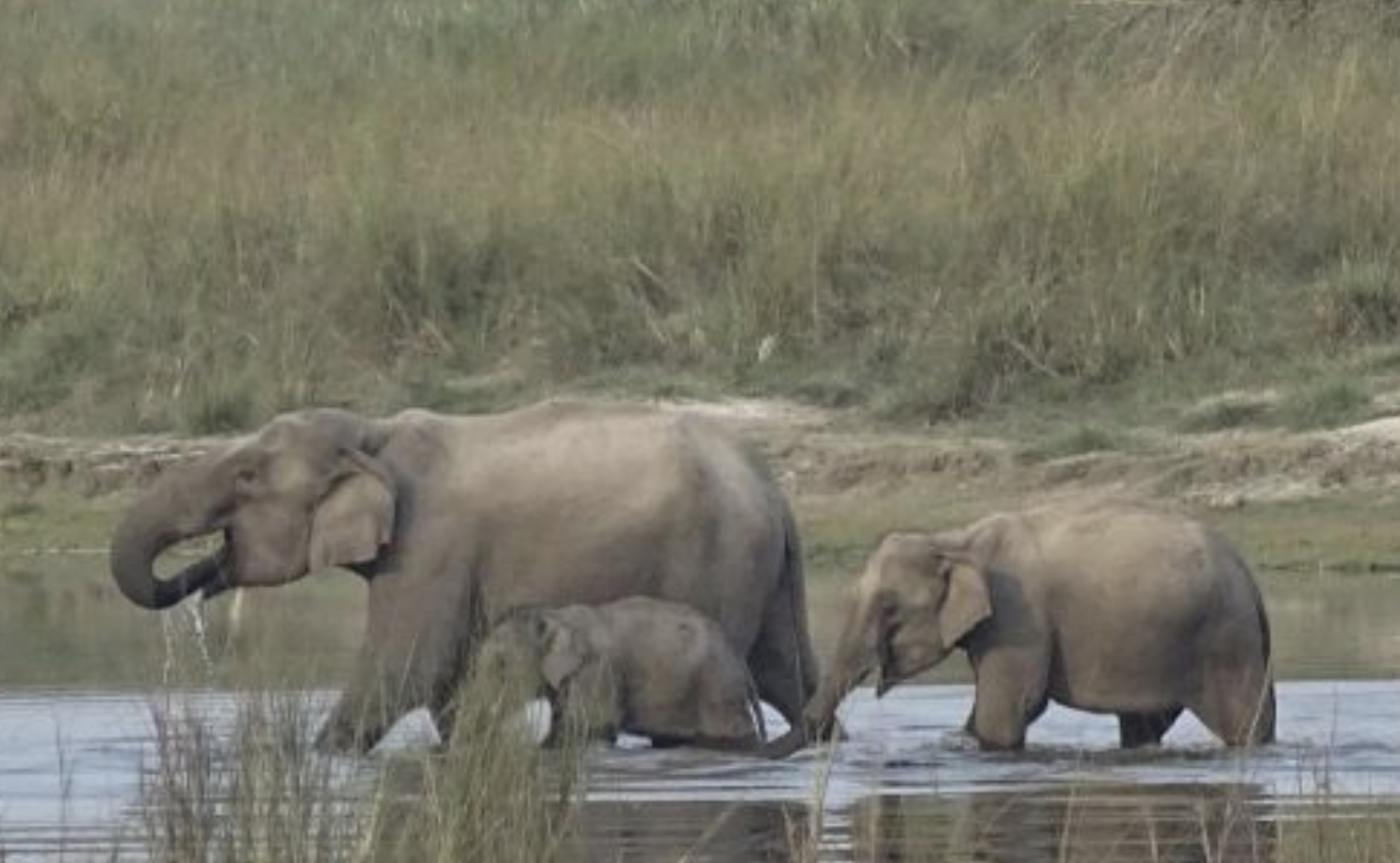Popular
Bardiya National Park is a sanctuary for a diverse array of wildlife species, each contributing to the rich biodiversity and ecological significance of this protected area.
Asian Elephant
Gentle giants of Bardiya, Asian Elephants are social creatures, their herds often seen meandering through the forest, playing a key role in ecosystem dynamics.
One-horned Rhinoceros
A symbol of conservation success, the One-horned Rhinoceros is notable for its armor-like skin and solitary nature, roaming the park’s grasslands and forests.
Gaur (Indian Bison)
The imposing Gaur, or Indian Bison, stands as Asia’s largest bovine, grazing in the park’s meadows and contributing to the diversity of large herbivores.
Sambar Deer
Large and majestic, Sambar Deer are essential for the forest’s health, serving as a primary food source for many of Bardiya’s predators.
Spotted Deer (Chital)
With their striking spotted coats, Chital are among the park’s most visible herbivores, providing key prey for tigers and other large carnivores.
Hog Deer
Smaller than other deer species, Hog Deer are adaptable, often found in grasslands and floodplains, crucial for maintaining undergrowth and serving as prey.
Blackbuck
The Blackbuck, with its distinctive spiraling horns and contrasting coat colors, adds to the park’s charm, thriving in the open grasslands.
Wild Boar
Omnivorous and resilient, Wild Boars have a significant impact on the ecosystem, their foraging habits aiding in seed dispersion and soil aeration.
Hanuman Langur
These grey monkeys, revered in local culture, are vital for forest regeneration, their leafy diet and movement through the canopy aiding in seed dispersal.
Indian Pangolin
An elusive nocturnal creature, the Indian Pangolin is prized for its insectivorous diet, contributing to the control of termite populations within the park.
Each species in Bardiya National Park plays a vital role in sustaining the ecological balance, showcasing the interconnectedness of life within this vibrant ecosystem.








































































